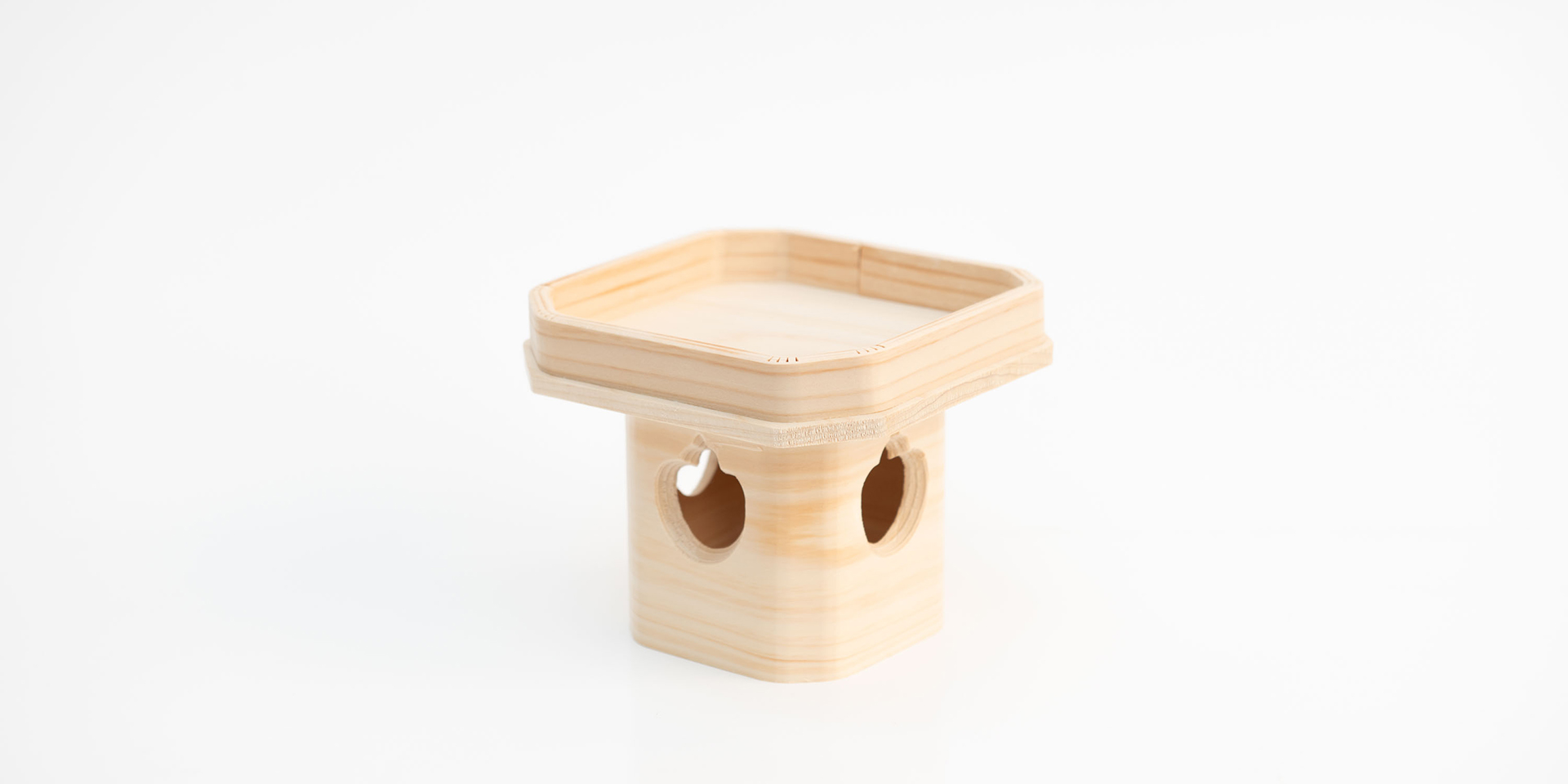
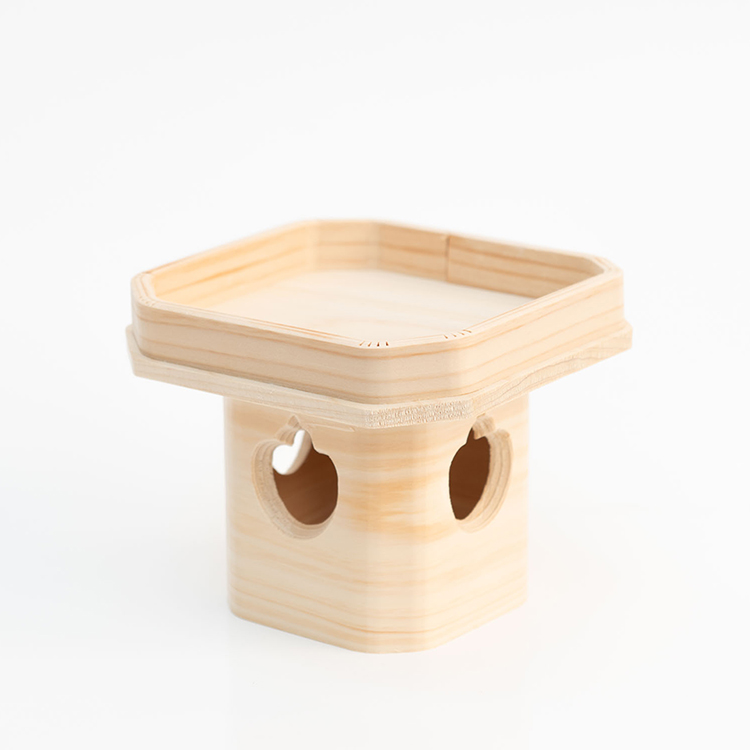
YOSHITANI
Founded in 1910, Yoshitani Wood Works has inherited the Yoshino region’s kyokumono technique and continues to preserve the traditional craft of “Sanbou” (three treasures), which has been handed down from generation to generation. Taking advantage of the beauty of Japanese cypress and the pulling and bending techniques, the company proposes a culture of shitsurai for daily life under the theme of “From Shinto ritual utensils to new ritual utensils. We offer you a rich and comfortable life with our Japanese heritage technology.
Bornfild
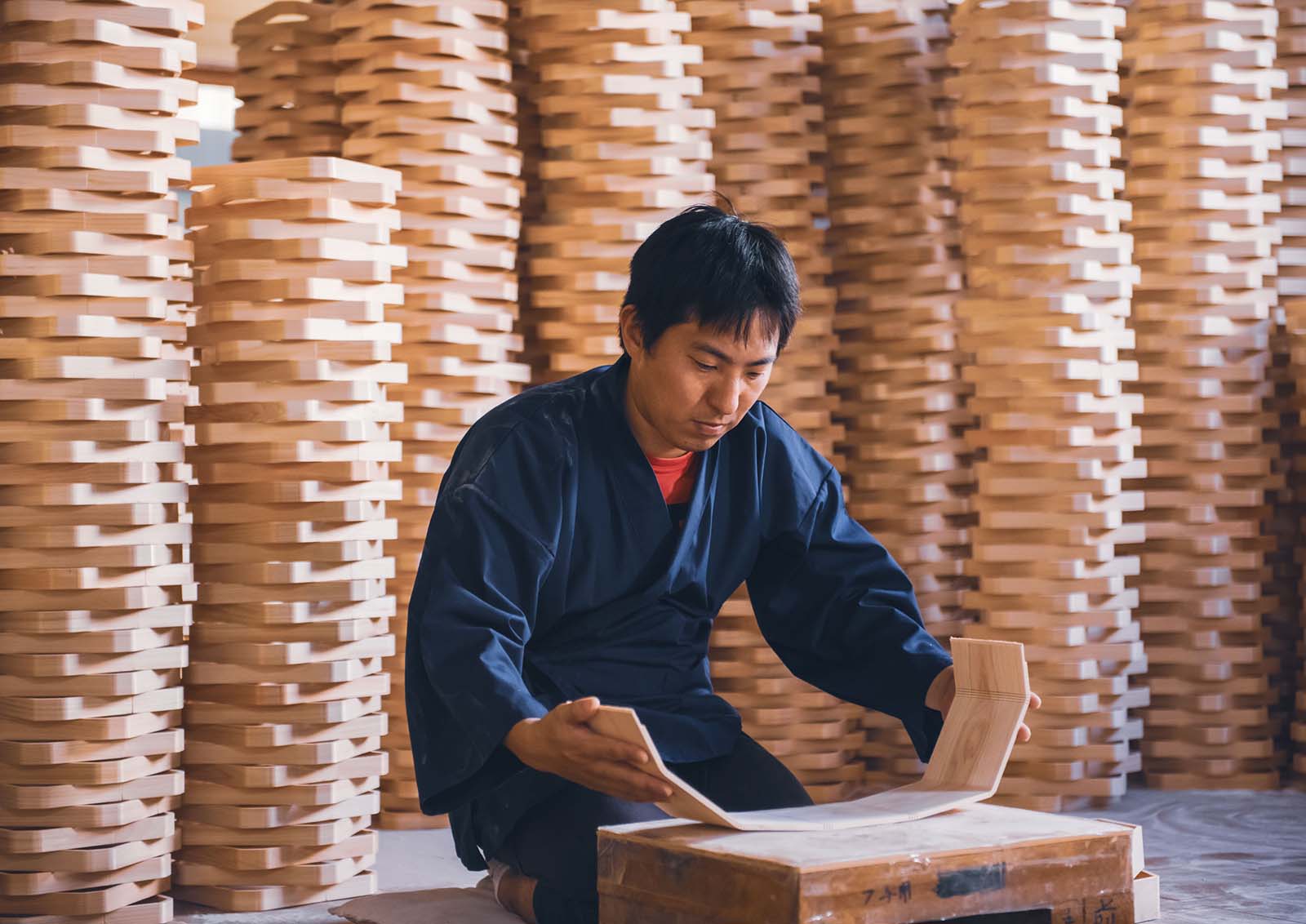
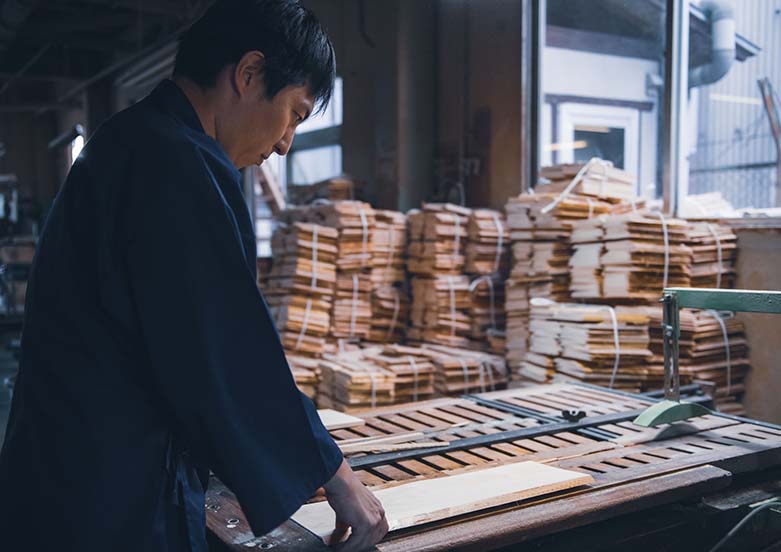
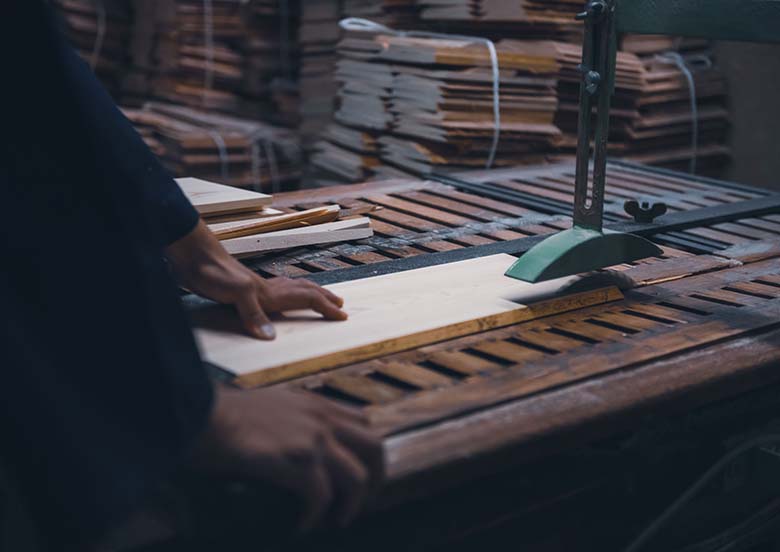
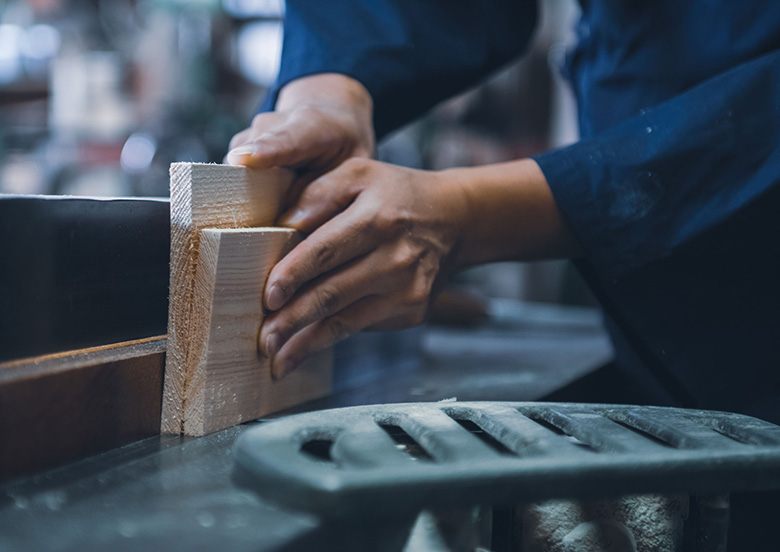
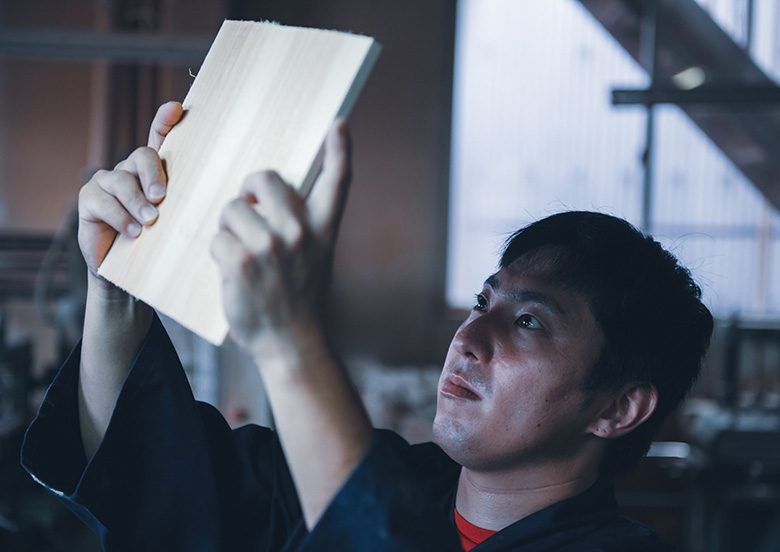
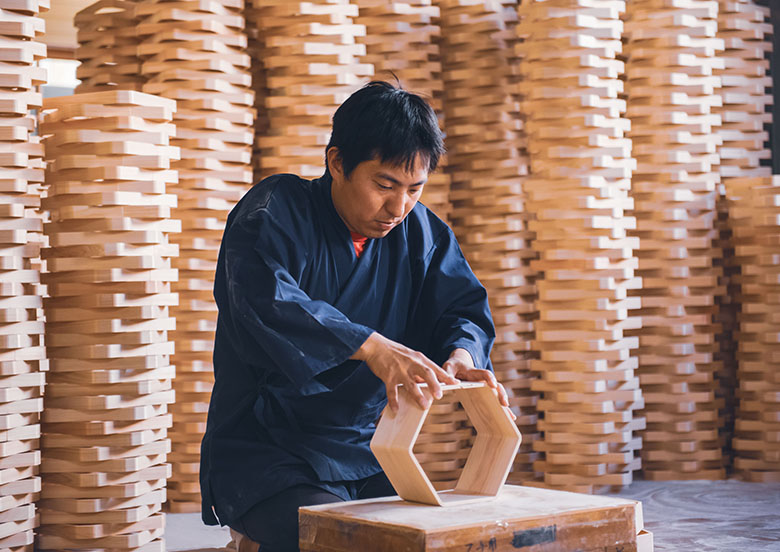
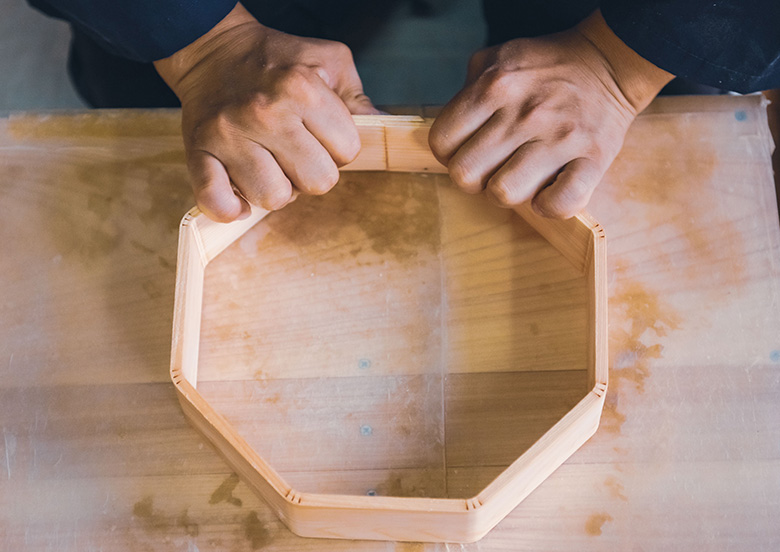
Interview
New work utilizing the “bending” that supports Sanbou
Aiming to revitalize the Yoshino forestry industry and the local community
YOSHIOTANI Yuki Yoshitani
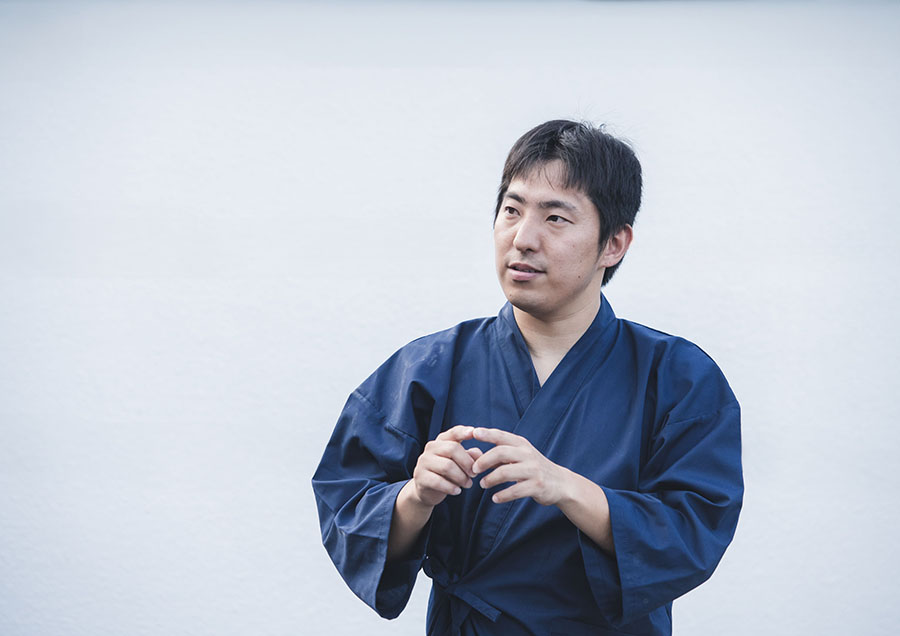
Sanbou’s production technology with 700 years of history
The tenacity of Yoshino cypress enables flexible bending
ーーI understand that you have been making Sambou for more than 100 years, from generation to generation. First of all, please tell us about Sanbou
Yoshitani: Sanbou is a stand for carrying offerings and sacrifices, and is generally used to place Kagamimochi (mirror-shaped rice cakes) for the New Year or as a stand for offering to a Shinto altar. In the Showa period (1926-1989), some households used to place a sanbou on top of a cathode-ray tube television set, but with changes in lifestyle, it is now almost unheard of in the home. Most of the Sanbou we make are used in shrines and temples such as Meiji Shrine and Ise Jingu Shrine.
During the period of high economic growth in the 1960s and 1960s, Sanbou production flourished and there were about 30 shops in Yoshino alone, but today there are only four in Yoshino and five nationwide.
ーーAre there any special techniques used in Sanbou?
Yoshitani: Sanbou was first used as a vessel for offerings by Emperor Godaigo when he moved his imperial residence to Yoshino about 700 years ago. The Sanbou production technique, which has been handed down from that time, is the bending process, in which a slit is made in a sheet of board and the board is dipped in water to bend it. If the slit is too deep, it will break; on the other hand, if it is too shallow, it will not bend.
ーーIs Yoshino cypress suitable for bending techniques?
Yoshitani: Yoshino cypress has the following characteristics: fragrance, luster and gloss, but its third characteristic is stickiness. It is this tenacity that allows the Sanbou to bend flexibly. Also, although the same hinoki wood is grown in Yoshino, the wood grown in Yoshino has been handcrafted, so although it looks the same, the fibers are packed tightly together and there is little loss.
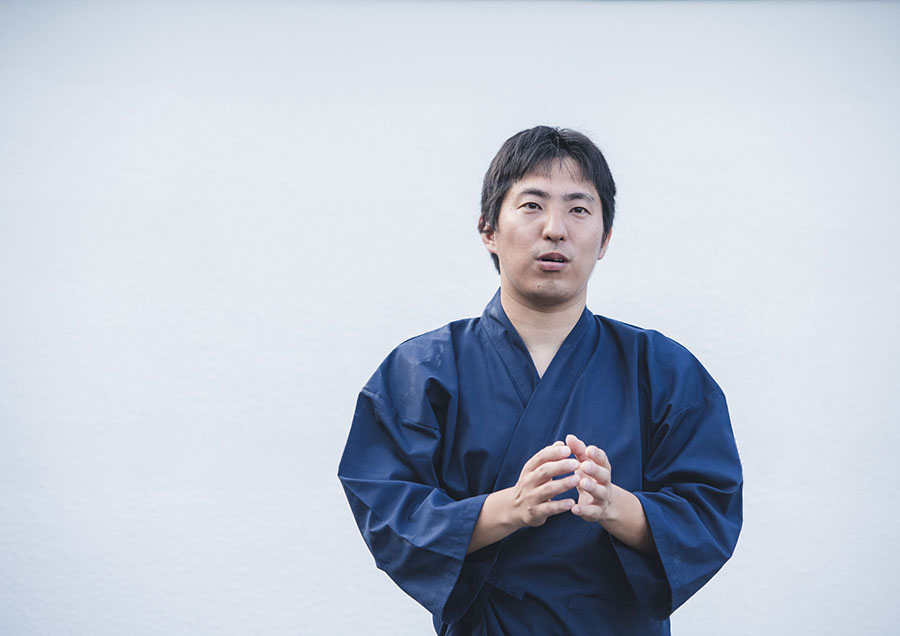
The key word is “second use.
It is also good to display the three treasures with photos of your “favorites” on them.
ーーIn recent years, you have been actively making new products such as multi-boxes and tongs using your bending technology.
Yoshitani: Not only is the demand for Sanbou decreasing, but awareness is also decreasing. When I show Sanpo to people, most of them say they have seen it before but do not know the name. This is at the root of our feeling that we need to do something about this. We hoped that by creating something new using our bending technology, which is our greatest strength, people would come to know Sanbou through it.
I thought about what I could make, and what I produced for Corona Disaster were tongs. Tongs are well-known to everyone, including adults and children, so we thought they would be widely accessible to a wide range of people. And since there are not many other tongs that are made of wood, even the bending part, we thought we could differentiate ourselves from others in terms of the SDGs.
Another thing that came to mind was that although Sanbou is square, the bending technique is very good at making octagons. At the same time, the number 8 is a lucky number in Japan, meaning “the end of the world,” so I decided to make an octagonal piece.
The octagonal dust box was created from the viewpoint of a daily necessity that is indispensable to daily life. When creating this product, we considered the following three keywords: “to be made from a woman’s perspective,” “to be compact,” and “to have a second use,” as products that are well received by women tend to spread.
ーーA “second, different use?”
Yoshitani: For example, dustbins can be used as “trash cans,” but they can also be used as shelves by laying them side by side, or as interior objects, depending on how they are stacked. Children may also enjoy playing the sound as a drum or percussion instrument. Although it is a dust box, it is designed as a “multi-purpose box.
These new pieces are products that I produced myself without the help of designers, so I am genuinely very happy when people say, “This is amazing,” at exhibitions and other events.
ーーAre people becoming interested in Sanbou through these new products?
Yoshitani: Talking with customers, I have the impression that many of them have a fixed concept of Sanbou as a stand for Kagamimochi. Some people seem to think that if they put anything else on it, they will be punished.
I am hoping to get rid of all those things. I would be very grateful if people could use it as an interior object to display something important to them. At gift shows, I sometimes put pictures of my guesses on the Sanbou and show how it can be used for guessing activities. Then, people say, “You can use it with such a familiar object on it! So I am thinking of making colored Sanbou and selling them under the name “Color Sanbou.
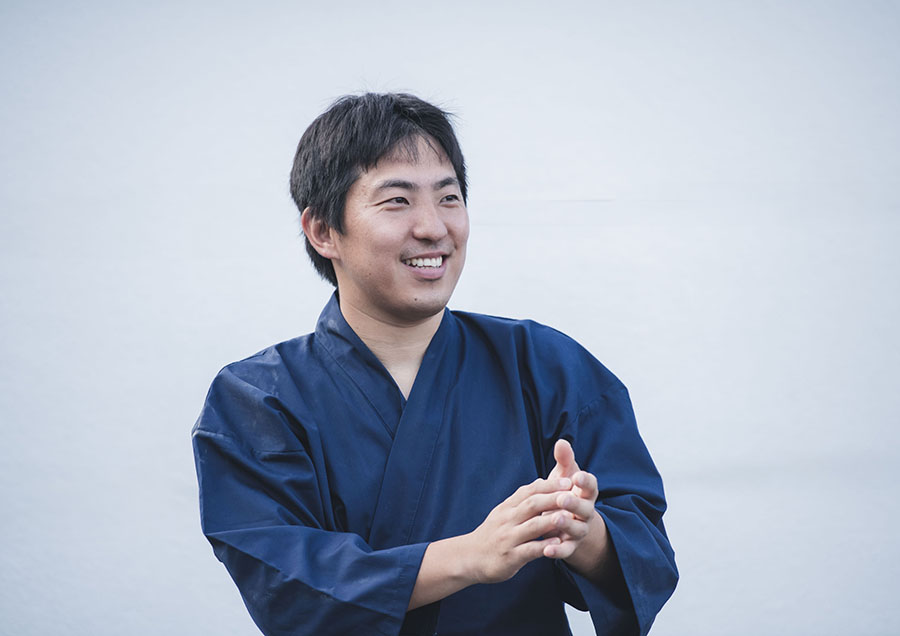
Woodworking inherits the thoughts and feelings of generations of people,
Team Play Connected from Forestry
ーーDid you yourself always decide to take over the business?
Yoshitani: After graduating from college, I worked for a general company, so I had no plans to take over the business. But one day, as my great-grandfather, who had loved me very much, was weakened by illness, he said to me, “We have to pass this business on to future generations. He said to me one day, “You have to hand this business down to the next generation.
I was very conflicted when I heard that. It would be safer to work as a salaried worker, and doing business is very hard work. But my great-grandfather’s words resonated so much within me that as I watched him grow weaker day by day, I made up my mind that I would take over.
ーーWhat do you feel while actually coming back and creating Sanbou and new products?
Yoshitani: What I feel most is the team collaboration that leads from forestry to woodworking. Trees grow in the mountains, and forestry people go into the mountains to cut trees and wholesale them to the market. The sawmills that purchase the trees cut them, and finally the trees are passed on to construction companies and others in a series of team efforts.
And the trees we use today were planted 100 years ago. We are in a business where the wishes of generations of people have been passed down through the generations. Of course, the trees planted by today’s forestry workers will be used by our people again hundreds of years from now. I am keenly aware of this continuous flow.
Our business would not be possible without the forestry industry, and the forestry industry would not be able to survive if woodworking shops like ours were to go out of business. I feel that the Yoshino region has the strength of such a trinity.
ーーPlease tell us about the future of the Yoshino region and YOSHITANI.
Yoshitani: Yoshino forestry is branded, but the reality is that there are few successors and the main workers are around 70 years old. If these people disappear, there is a great possibility that the Yoshino forestry industry will go out of business.
But at the same time, young people are coming into the area through I-turns and local development, and I believe there is still a lot of power in the Yoshino region. We would like to do business in such a way that young people can enter the world of wood and enliven the Yoshino forestry industry, and we, in turn, can enliven it with the younger generation.
Products
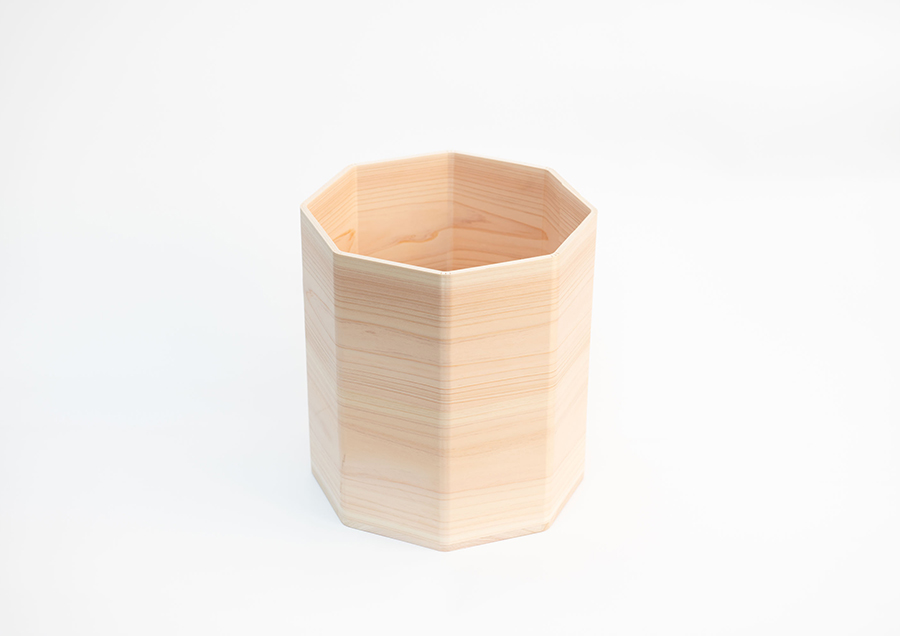
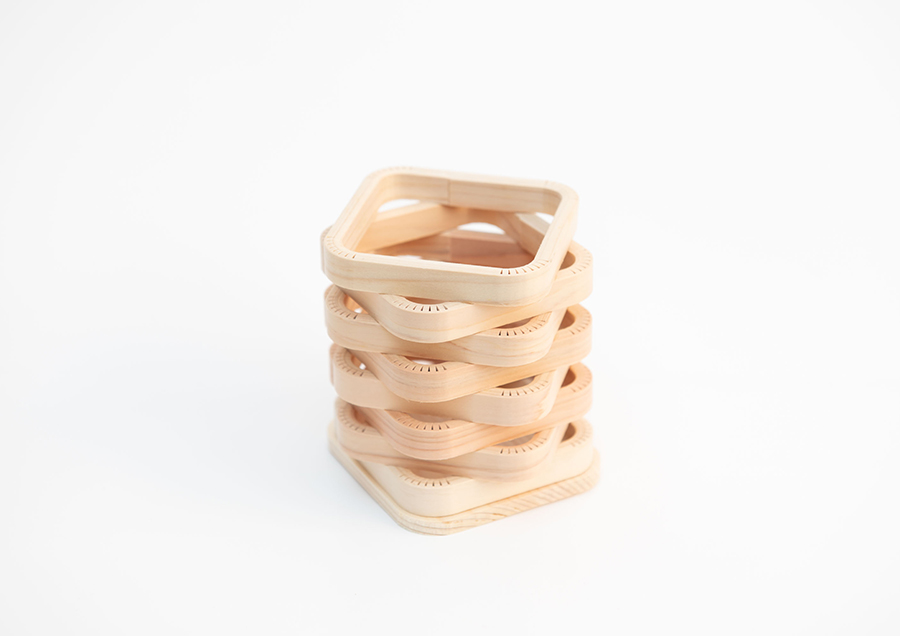
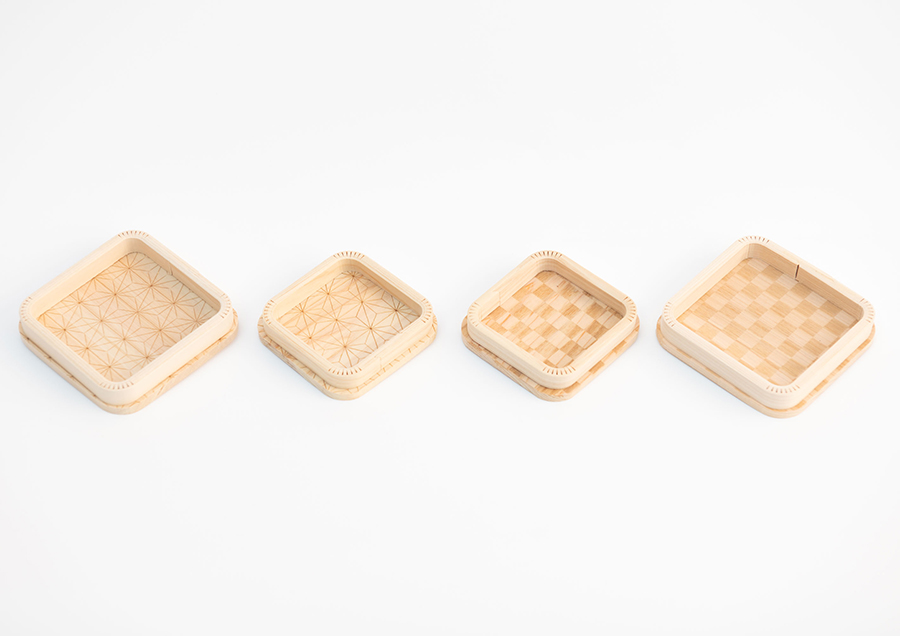
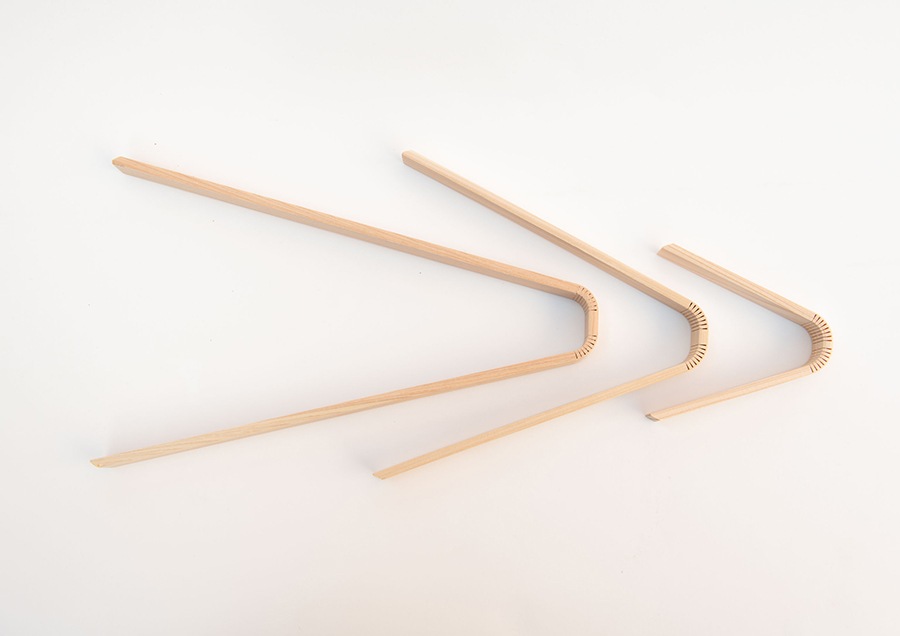
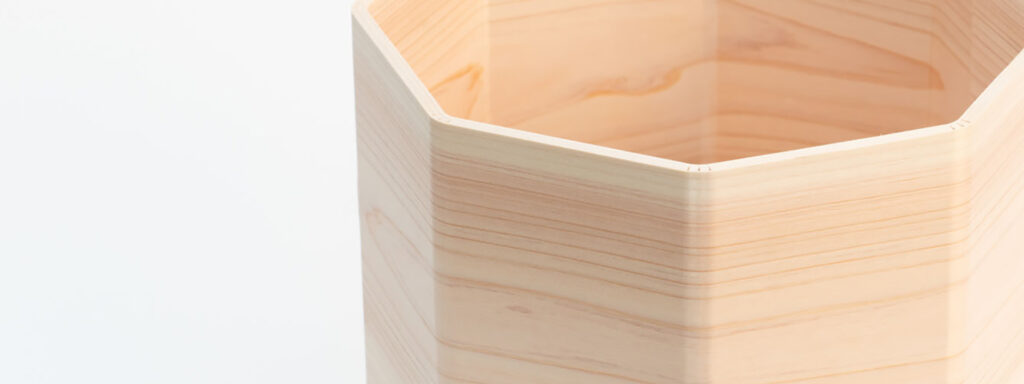

Company Info
| Name | YOSHITANI Co., Ltd |
| Location | 〒638-041-10, Shinju, Shimoichi-cho, Yoshino-gun, Nara 638-0045, Japan |
| HP | https://yoshitani-sanbou.com/ |